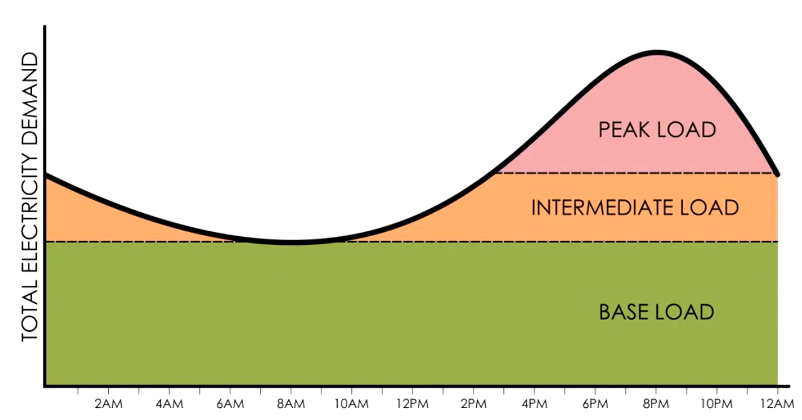Power Lines
The essential lifelines of the European electricity system!
High voltage overhead lines are an indispensable element of the electricity system. They connect power generation in the windy and sunny regions of Europe with consumers, but they also lead to public concerns as they can generate noise by rainfall . Hannah Kirchner from Christian Franck’s group investigates this effect and develops surface treatments that minimise sound emissions.
Already today, power grids form vital networks that transport the life blood of modern societies across nations worldwide: electricity. There is hardly a moment during your waking day when you are not sitting beneath a lamp lit by the flow of electrons, typing away at your phone or laptop or enjoying some tea or coffee that was heated up by the power of electricity. Yet in the future, our electrical life lines will only become more important. Why?
In the future, the grid will not just transport energy to power devices in households and industry. In addition, electricity will also flow to other sectors, such as transport or heating. Currently, two thirds of Swiss households are still heated by fossil fuels, for example. Similarly, 93% of vehicles in Switzerland were running on oil-based products in 2022. Decarbonizing these areas is a big task! A promising strategy to tackle this challenge is the idea of sector coupling, i.e. finding smart ways to redesign our transport and heating systems to run on electricity. Once that electricity is 100% renewable, these areas of life will be sustainable, too.
Now that you know just how crucial our power grid will be, you might be curious how we need to redesign that grid itself. At the moment, the grid is operated according to a mindset from the past era, where coal and gas plants, nuclear power stations etc. were the building blocks of power generation. What was that mindset and how will it change?
As you can imagine, the electricity demand of our society exhibits typical patterns. For example, household demands peak in the morning and early evening. To meet this demand, the strategy of the past decades has been to split electricity generation into base power plants and peak power plants. The base power plants are always turned on and reliably provide the minimum amount of electricity needed. Picture large coal and nuclear plants. The peak power plants are only turned on when needed. Picture firing up gas turbines.
So what changes when our electricity sources consist 100% of renewables such as solar, water and wind? Just think about the weather and you’ll know the answer: Weather fluctuates and so does renewable energy! So we have to get rid of the idea of base and peak plants and be more creative.
One way to tackle this challenge is to use machine learning to optimise the grid. By forecasting demand as well as the weather, and hence supply, we can make both sides of the equation match and thus avoid costly imbalances. These ideas are being picked up by the e.g. Swiss Data Science Center (SDSC) but also becoming a hot topic in industries such as energy trading.
And if you’re not a fan of fancy optimisation algorithms, there is also something for you: Creating public awareness about this variability of renewable energy supply can help us leverage the potential of behavioral change on our side as consumers. This approach was investigated by several student teams as part of the Energy Now! 2.0 initiative, an impact accelerator by the Energy Science Center by ETH. Want to learn more? Join us for the Finale Night on 7 December!



